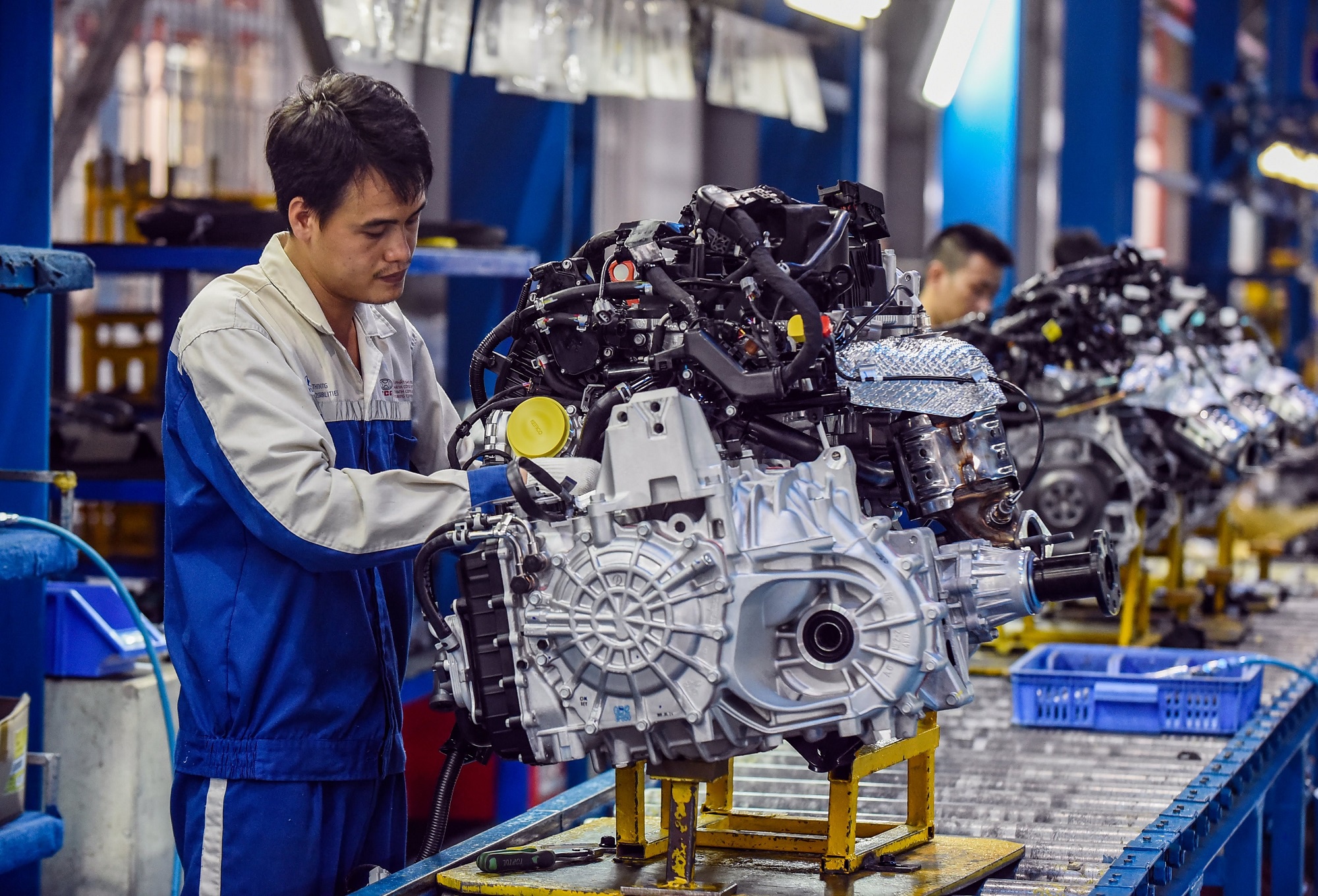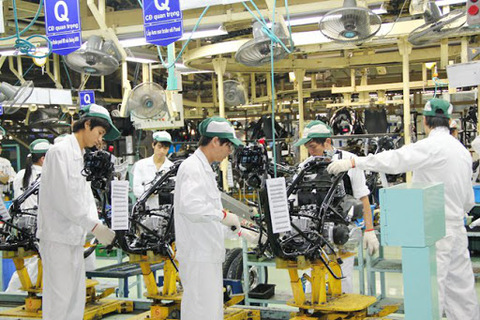 |
| The manufacturing sector remains in contraction, but to a lesser extent than in April |
Output, new orders, and employment in the manufacturing sector all decreased at rates unseen prior to the current crisis. There were particular reports of difficulties in securing new export orders. Meanwhile, firms lowered their prices again to try to attract new business, with input costs also falling, albeit marginally.
The Vietnam Manufacturing Purchasing Managers’ Index (PMI) rose 10 points in May, posting 42.7 up from April’s record low 32.7. Although signalling a much softer decline in business conditions than in the previous month, the latest data indicated that the health of the sector continued to deteriorate at a rapid rate.
Disruption from the COVID-19 pandemic led to a sixth successive monthly decline in manufacturing production, and one that was substantial. That said, the fall was much softer than seen in April as some firms resumed operations. Similar trends were seen with regards to new orders, with the rate of contraction remaining high but easing down from the record seen in April.
Some respondents highlighted particular weaknesses in demand for new export orders, which fell more quickly than total new business. A further sharp reduction in new orders meant that spare capacity remained evident in the sector. As a result, manufacturers maintained a cautious approach to hiring, often opting not to replace workers who had resigned. Staffing levels decreased for the fourth month running.

Manufacturers also continued to scale back their purchasing activities and inventories of both purchases and finished goods, albeit in each case to lesser extents than in April. Supply-chain disruption due to COVID-19 remained a key feature of the survey in May, with vendor delivery times lengthening markedly again. Panellists reported particular difficulty in securing imported items.
The scarcity of some materials placed some upwards pressure on input costs during the month. Input prices decreased for the second month running, but only marginally. Where a fall in input costs was recorded, respondents often linked this to lower oil prices. Manufacturers reduced their own selling prices, as has been the case in each month since February. Although easing from that seen in April, the rate of decline in charges was marked. According to respondents, discounts were offered to try to attract new business.
With COVID-19 brought under control in Vietnam, there was tentative optimism among manufacturers that production would increase over the coming year. This followed a negative outlook in the previous month. That said, sentiment was still the second-lowest since the question was added to the survey in April 2012 amid concerns that the impacts of the pandemic will linger. VIR
Thanh Van

Vietnam’s manufacturing activity signals improvement in May
The sector saw a softer contraction than in April as the Covid-19 pandemic was brought under control in Vietnam.

Downturn in Vietnamese manufacturing sector intensifies
The Vietnamese manufacturing sector saw an intensification of the downturn last month with Manufacturing Purchasing Managers' Index (PMI) decreasing to 32.7 as a result of the coronavirus pandemic (COVID-19).
 Vietnam's manufacturing sector still felt the effects of COVID-19 in May, although contraction was softer than in April as the virus was brought under control.
Vietnam's manufacturing sector still felt the effects of COVID-19 in May, although contraction was softer than in April as the virus was brought under control.